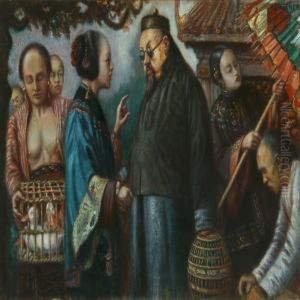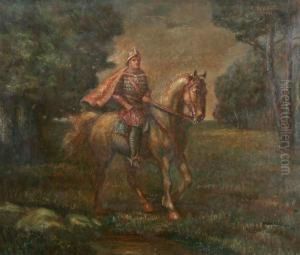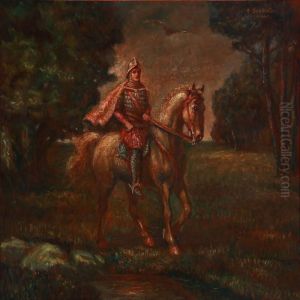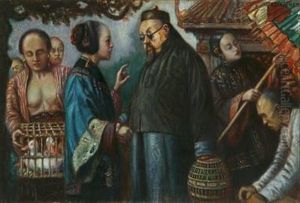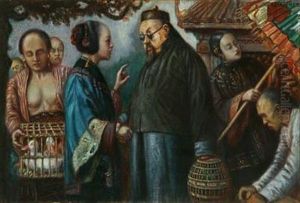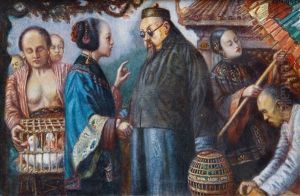Arthur Johannes Siebner Paintings
Arthur Johannes Siebner was a Canadian artist known for his contribution to the Canadian art scene, particularly on Vancouver Island, British Columbia. Born on March 28, 1923, in Stettin, Germany (now Szczecin, Poland), Siebner grew up in an environment that was soon to be affected by the tumultuous events leading up to and including World War II. His early experiences in Germany, including his education and exposure to European art and culture, would later influence his work as an artist.
Siebner began his art studies before the war, but his education was interrupted when he was drafted into the German army. After the war, he continued his studies at the Landeskunstschule in Hamburg, where he focused on painting and printmaking. In 1954, seeking a fresh start away from post-war Europe, Siebner immigrated to Canada. He settled on Vancouver Island and quickly became an integral part of the local art community. He was instrumental in establishing the Limners Society, a group of artists dedicated to promoting figurative art in the region.
Throughout his career, Siebner was recognized for his skill in various mediums, including painting, printmaking, and sculpture. His works often explored the human condition, social relationships, and existential themes. His style evolved over the years, reflecting both his European roots and his experiences in his adopted homeland. Siebner exhibited widely, both in Canada and internationally, and his works are included in numerous public and private collections.
Beyond his artistic practice, Siebner was also a respected teacher, sharing his knowledge and passion for art with students at the University of Victoria and other institutions. His commitment to teaching and community engagement helped foster a vibrant artistic culture in the region.
Siebner continued to work and exhibit his art into his later years. He passed away on February 2, 2003, in Victoria, British Columbia. His legacy is remembered through his contributions to Canadian art, his influential role in the Limners Society, and the generations of artists and students he inspired throughout his career.

